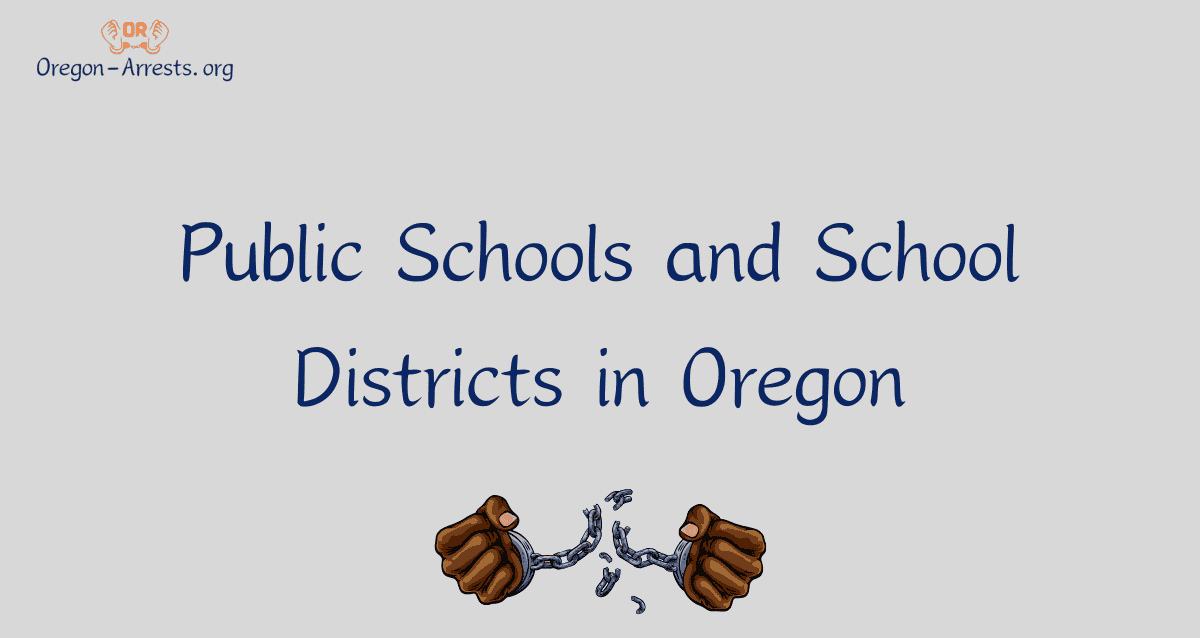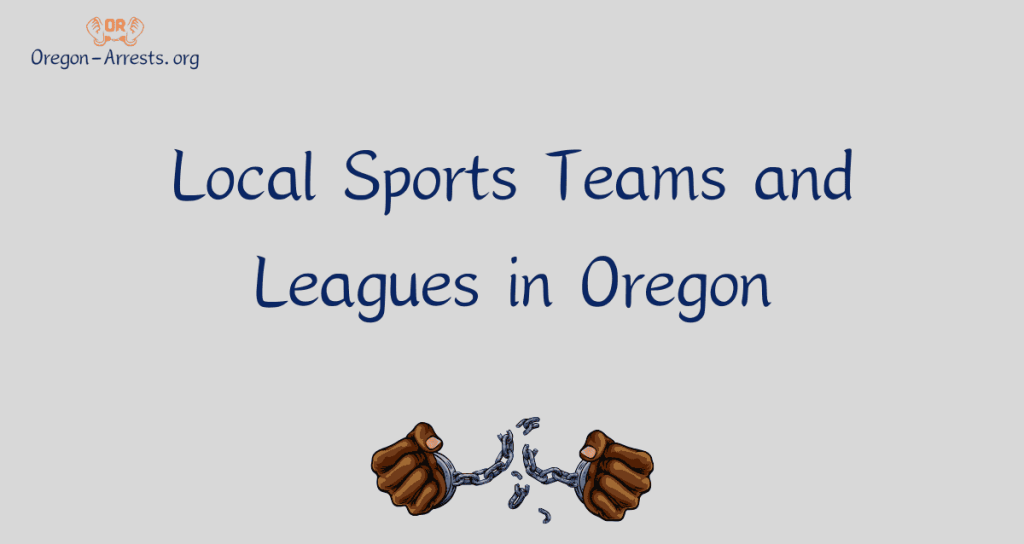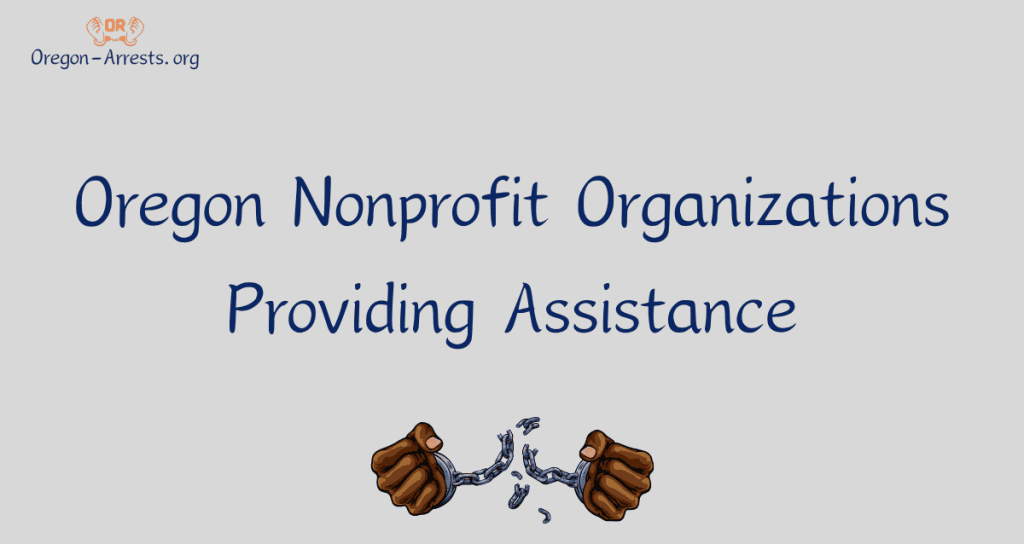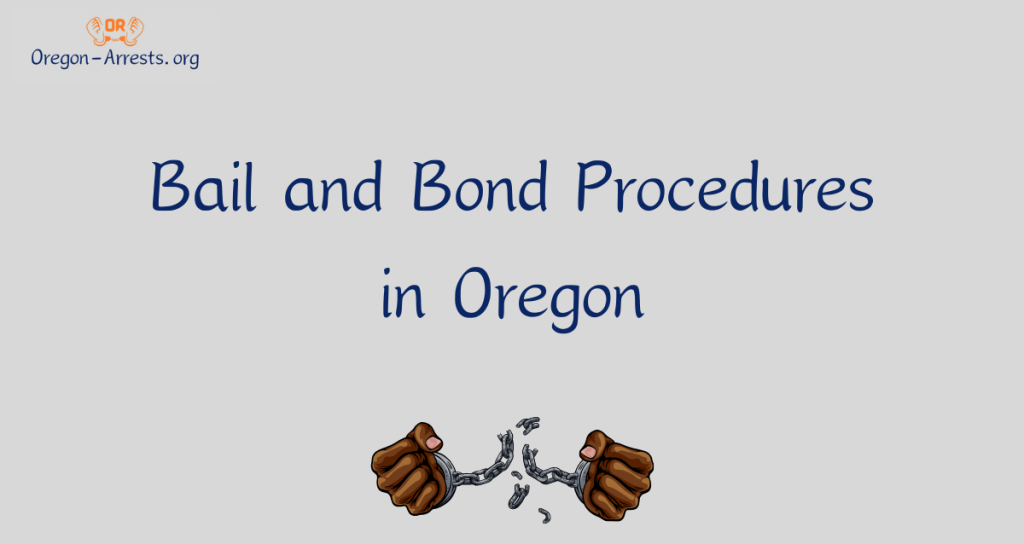Public Schools and School Districts in Oregon
Oregon, known for its stunning natural landscapes and vibrant culture, is equally committed to providing its residents with a high-quality education system. Public schools and school districts in Oregon play a pivotal role in shaping the future of the state’s children. In this Comprehensive Guide, we’ll explore the intricacies of Oregon’s education system, from its historical roots to the challenges it faces today and the innovations driving it forward.
History of Public Education in Oregon
The story of public education in Oregon dates back to the mid-19th century when the state’s founders recognized the importance of education. The Oregon Trail pioneers believed in the value of knowledge, and that spirit led to the establishment of the first public schools. Over the years, public education in Oregon has evolved significantly, with various reforms and developments shaping its course.
Structure of Oregon’s School Districts
Oregon’s school districts are organized to provide efficient management and governance of public education. The state is divided into school districts, each governed by an elected local school board. This structure allows communities to have a say in their schools, making education a locally-driven endeavor.
Funding for Oregon’s Public Schools
Funding for public schools in Oregon comes from multiple sources, including state and local taxes. However, disparities in funding levels among districts have been a persistent challenge. Addressing these disparities remains a priority to ensure that all students have access to quality education.
Curriculum and Education Standards
Oregon’s curriculum is designed to meet state education standards, ensuring that students receive a well-rounded education. Efforts to improve educational outcomes include a focus on STEAM (Science, Technology, Engineering, Arts, and Mathematics) education and career readiness.
Teacher Recruitment and Retention
The quality of education is closely tied to the caliber of educators. Oregon strives to attract and retain highly qualified teachers through competitive compensation packages and professional development opportunities. Ensuring a stable and experienced teaching workforce is essential for student success.
Challenges in Oregon’s Public Education System
While Oregon’s education system has made significant progress, it faces challenges such as achievement gaps and funding disparities. Addressing these issues is vital to providing an equitable education for all students in the state.
Innovations in Oregon’s Public Schools
Innovations in Oregon’s public schools are driving educational excellence. Schools are integrating technology into classrooms, embracing alternative education models, and fostering creativity and critical thinking among students.
School District Rankings and Performance
Evaluating school district performance is essential for continuous improvement. Factors contributing to success include dedicated teachers, community involvement, and effective leadership.
Parental Involvement and Community Engagement
Parents play a crucial role in supporting their children’s education. Oregon’s public schools actively encourage parental involvement, and community partnerships provide additional resources and support.
Special Education Programs
Inclusive education practices are a cornerstone of Oregon’s public schools. The state is committed to providing services and support for students with disabilities, ensuring that all students have equal access to education.
Extracurricular Activities and Sports
Extracurricular activities and sports are an integral part of a well-rounded education in Oregon. Success stories abound, showcasing the positive impact of these programs on students’ lives.
Public vs. Private Schools in Oregon
Parents often face the choice between public and private education. We’ll compare these options, considering factors such as curriculum, funding, and student outcomes to help parents make informed decisions.
Future Trends in Oregon’s Education
The future of education in Oregon holds exciting possibilities. Anticipated changes include the continued integration of technology, personalized learning experiences, and a focus on preparing students for the challenges of tomorrow.
FAQ’s
What is the purpose of public schools in Oregon?
Public schools in Oregon are established to provide free education to all students residing in the state. They aim to ensure that every child has access to quality education regardless of background or financial status.
How are public schools in Oregon funded?
Public schools in Oregon are primarily funded through a combination of state and local taxes. The state government allocates funds to school districts based on student enrollment and specific needs. Additionally, local property taxes also contribute to the funding of public schools.
What is the curriculum like in Oregon public schools?
The curriculum in Oregon public schools follows the state standards and guidelines. It includes various subjects such as math, science, English language arts, social studies, and physical education. Additionally, schools may offer elective courses and extracurricular activities to enhance students’ learning experiences.
How are public schools in Oregon governed?
Oregon public schools are governed by local school boards elected by the community. These school boards are responsible for making decisions regarding school policies, curriculum, budgeting, and hiring of staff. They ensure that the schools operate in accordance with state laws and regulations.
How can parents get involved in Oregon public schools?
Parents are encouraged to participate in their child’s education and school community actively. They can get involved by attending parent-teacher conferences, joining the school’s Parent-Teacher Association (PTA), volunteering for school events, and serving on school advisory committees. Additionally, parents can communicate with teachers and administrators to stay informed about their child’s progress and contribute to decision-making processes.







